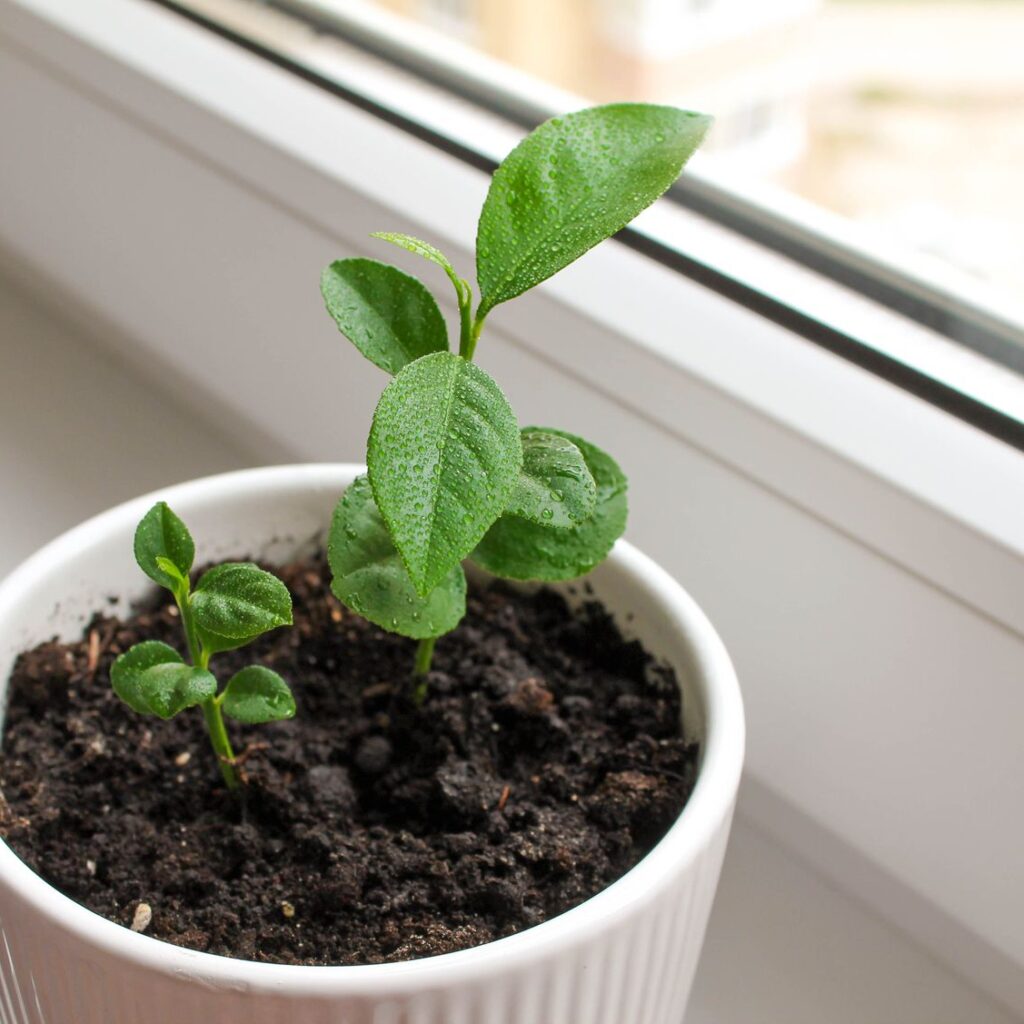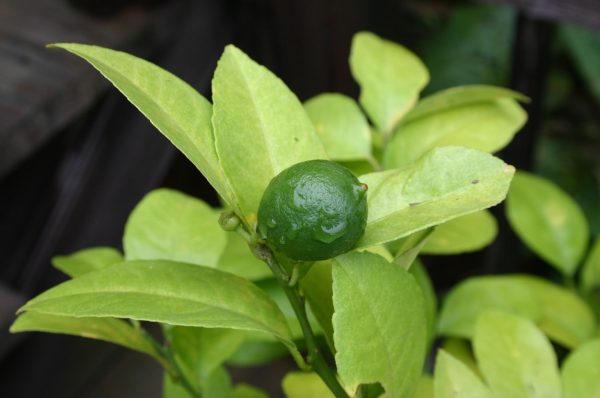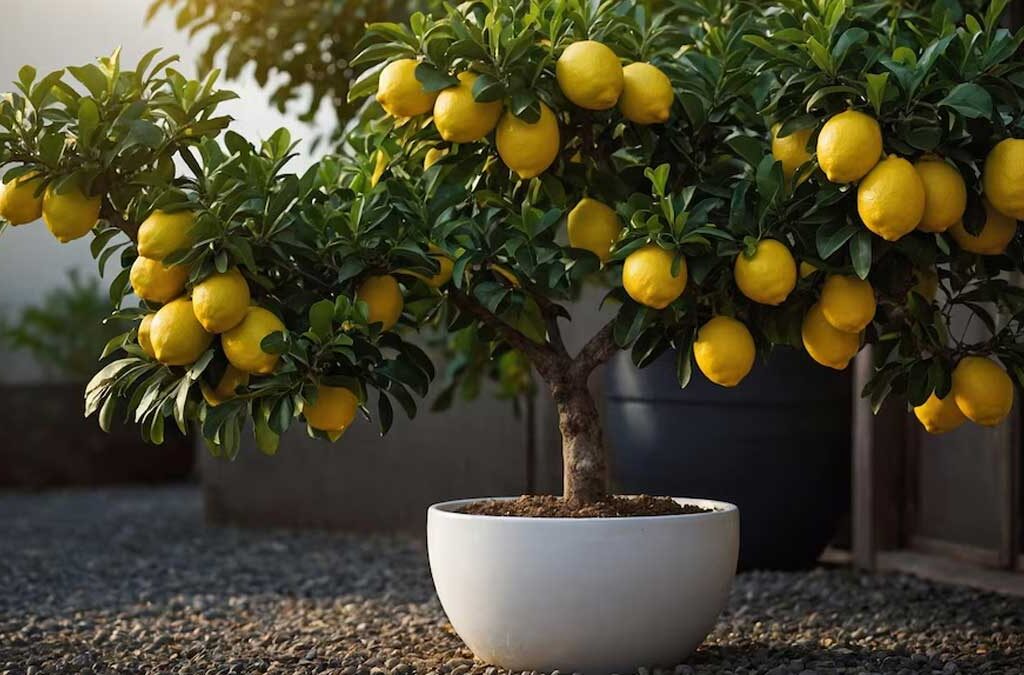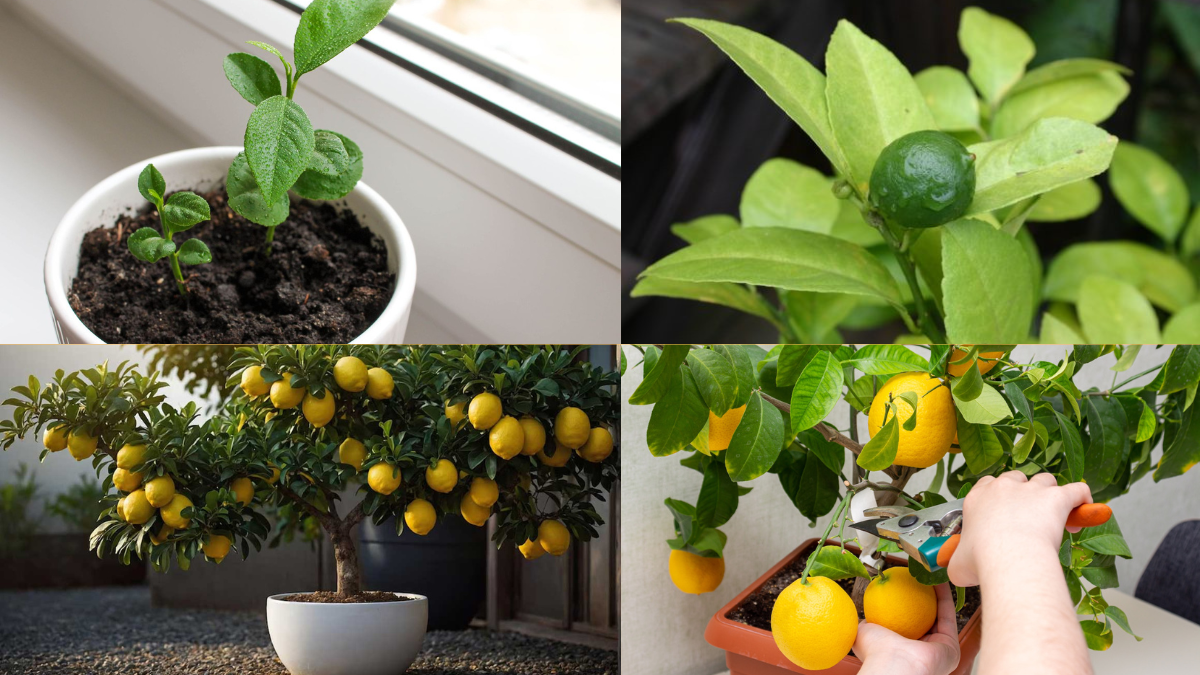Imagine stepping out onto your patio, balcony, or kitchen and plucking a fresh, sun-ripened lemon from your very own tree. The sweet fragrance of citrus blossoms filling the air and the satisfaction of growing your own zesty fruit right at home — it’s easier than you might think. Growing lemons in a container is a fun, rewarding, and surprisingly achievable project, whether you live in a warm region or a chilly urban apartment.
This detailed guide will walk you through how to grow lemons in a container, from choosing the right variety to keeping your tree healthy, happy, and (hopefully) heavy with fruit.

Why Grow Lemons in a Container?
Container gardening is ideal for citrus lovers who:
- Live in cooler climates where lemon trees can’t survive outdoors year-round.
- Have limited garden space like a patio, balcony, or rooftop.
- Want to move plants indoors during cold weather.
- Enjoy the visual charm of a potted lemon tree as a decorative feature.
- Appreciate homegrown, pesticide-free fruit.
Container-grown lemons are not only functional but make an eye-catching ornamental addition to any space, with their glossy leaves, fragrant white flowers, and bright yellow fruits.
Best Lemon Varieties for Containers
Not all lemon trees are suited for container growing — you’ll want varieties that are compact, productive, and tolerant of restricted root space.
Top Choices:
- Improved Meyer Lemon: The #1 choice for container growers. Small size, fragrant flowers, thin-skinned sweet-tart fruit, and can tolerate cooler temps.
- Ponderosa Lemon: Produces large, almost grapefruit-sized lemons with thick skins. Great for warmer climates.
- Lisbon Lemon: Classic lemon variety; a little larger than Meyer but still does well in big pots.
- Dwarf Eureka: Known for prolific fruiting and rich, tangy flavor.
Choosing the Right Container
Lemon trees thrive when their roots have room to grow, but also when they aren’t drowning in water. The ideal pot is:
- At least 12-16 inches in diameter for young trees; upgrade to 20-24 inches as the tree matures.
- Made of terra cotta, wood, or sturdy plastic (terra cotta breathes well but dries out faster).
- Equipped with multiple drainage holes at the bottom to prevent root rot.
Pro Tip: Use a saucer under indoor containers to catch excess water.

Soil and Planting Requirements
Citrus trees love well-draining, nutrient-rich soil. Avoid heavy garden soil or dense mixes that stay wet.
Best Soil Mix:
- A high-quality citrus potting mix or a blend of:
- 1 part peat moss
- 1 part perlite or coarse sand
- 1 part compost or organic matter
Planting Tips:
- Place a layer of small stones or broken pottery at the base for drainage.
- Fill with soil mix to a third of the pot.
- Gently remove the lemon tree from its nursery pot and loosen roots.
- Position the tree in the container so the top of the root ball sits slightly above the soil line.
- Backfill with soil, firming gently around the base.
- Water thoroughly until it drains from the bottom.

Light and Temperature Needs
Lemons are sun lovers. The more light, the better the blooms and fruit production.
- 6-8 hours of direct sunlight daily is ideal.
- Place the container in a south- or west-facing window indoors, or on a sunny patio outdoors.
- In cooler climates, move the tree inside when temperatures drop below 50°F (10°C).
Supplement with a grow light if indoors during winter to maintain healthy growth.
Watering and Humidity
Container-grown citrus can dry out quickly, so consistent watering is key.
- Water when the top 1-2 inches of soil feel dry.
- Avoid letting the plant sit in water — empty saucers after watering.
- Mist leaves occasionally or use a humidity tray indoors to mimic natural humidity levels.
Warning Signs:
- Yellow leaves = overwatering or poor drainage.
- Leaf drop = sudden temperature changes or dry soil.
Fertilizing Your Lemon Tree
Lemons are heavy feeders, especially in pots.
- Use a citrus-specific fertilizer high in nitrogen (like 6-4-6 or 8-4-8) every 4-6 weeks from early spring to late summer.
- Switch to a slow-release or balanced fertilizer in fall and winter.
- Ensure your fertilizer contains micronutrients like magnesium, zinc, and iron.
Pro Tip: Yellowing between leaf veins often signals a nutrient deficiency.
Pruning and Shaping
Pruning helps keep your lemon tree manageable and encourages more blooms.
- Prune in early spring before new growth appears.
- Remove any dead, weak, or crossing branches.
- Trim to maintain a balanced, open shape and control height.
- Pinch back new growth tips to promote bushiness.
Indoor trees benefit from light, regular pruning to limit size and improve airflow.
Encouraging Blooms and Fruit Indoors
Container lemon trees can bloom and fruit indoors, but need ideal conditions:
- Provide consistent light, warmth, and humidity.
- Hand-pollinate flowers using a soft brush or cotton swab, transferring pollen from one bloom to another.
- Avoid sudden moves or drafts, which may cause buds to drop.
Note: Lemons typically flower in late winter to spring, but can bloom sporadically indoors.

Common Pests and Problems
Indoor Citrus Pests:
- Spider mites
- Aphids
- Mealybugs
- Scale insects
Wipe leaves with a damp cloth or use a mild insecticidal soap spray if needed.
Other Issues:
- Leaf drop: Overwatering, dry air, or temperature shock.
- Root rot: Poor drainage or excessive watering.
- Yellow leaves: Nutrient deficiency or watering issues.
How to Overwinter Your Lemon Tree Indoors
In colder regions, bring your container lemon tree inside before temperatures drop below 45-50°F (7-10°C).
Tips:
- Gradually acclimate it to lower indoor light over a week.
- Place in a bright, sunny spot or under grow lights.
- Reduce watering frequency in winter.
- Maintain room temps above 55°F (13°C).
Benefits of Growing Lemons in a Container
- Fresh, pesticide-free fruit at home
- Space-saving for small gardens or apartments
- Easy to move indoors during bad weather
- Decorative, fragrant plant with year-round appeal
- Fun and satisfying gardening hobby
Final Thoughts: A Citrus Tree for Every Home
Whether you have a sun-soaked balcony or a bright kitchen corner, a container-grown lemon tree is a delightful way to enjoy a taste of the tropics at home. With a little love, the right conditions, and some patience, you could be savoring fresh lemons from your own mini orchard — right within arm’s reach.
So pick your pot, choose your tree, and let the citrus adventure begin!





